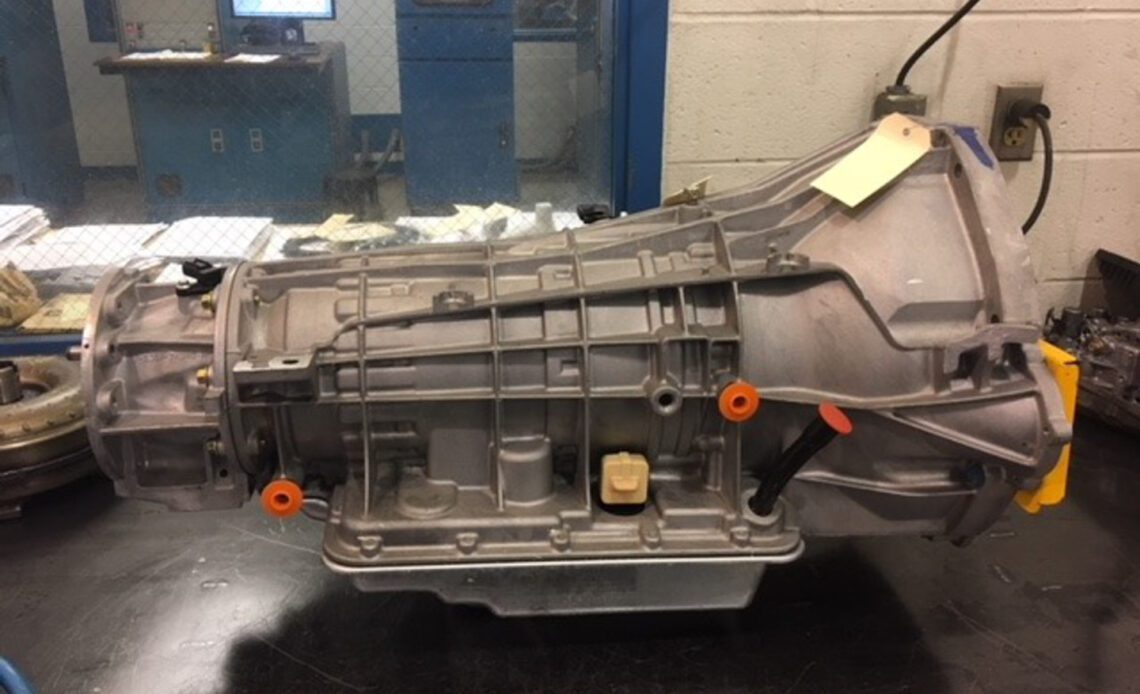Transmission bands are the backbone of any automatic transmission. These bands are made of flexible metal like steel or cast iron and have a bonded friction lining on the inside. The bands are exposed to intense loads, so it’s important to use the right bands in a high-performance application.
Nick Truncone from Raybestos Powertrain explains how a transmission band works.
“In most cases, the band is anchored on one side and is actuated on the other side with a piston assembly. When hydraulic pressure is applied to the piston, the piston travels to decrease the inside diameter of the band. This causes the friction lining to grab the drum the band is wrapped around and either prevent it from rotating or stop the rotating drum.”
Now, an OEM transmission isn’t filled with bad transmission bands, in fact, the bands are made of high-quality materials. The problem is, that those bands are designed to work with OEM-level horsepower, so when you start increasing the level of horsepower the bands will struggle. That’s why it’s important to make sure you’re matching the bands you use in a transmission to the projected level of engine performance.
“There’s a substantial amount of engineering that goes into creating high-performance transmission bands. An aftermarket transmission band needs to be able to withstand higher loads, more heat, and have an increased holding capacity. A high-quality band should be able to withstand repeated cycling while resisting fatigue of the chassis and wear of the friction material over the life of the transmission,” Truncone says.
If you’d like to learn more about what goes into creating high-performance transmission bands and how they work, you’ll want to check out the Raybestos Powertrain website right here.
Click Here to Read the Full Original Article at DragzineDragzine…

